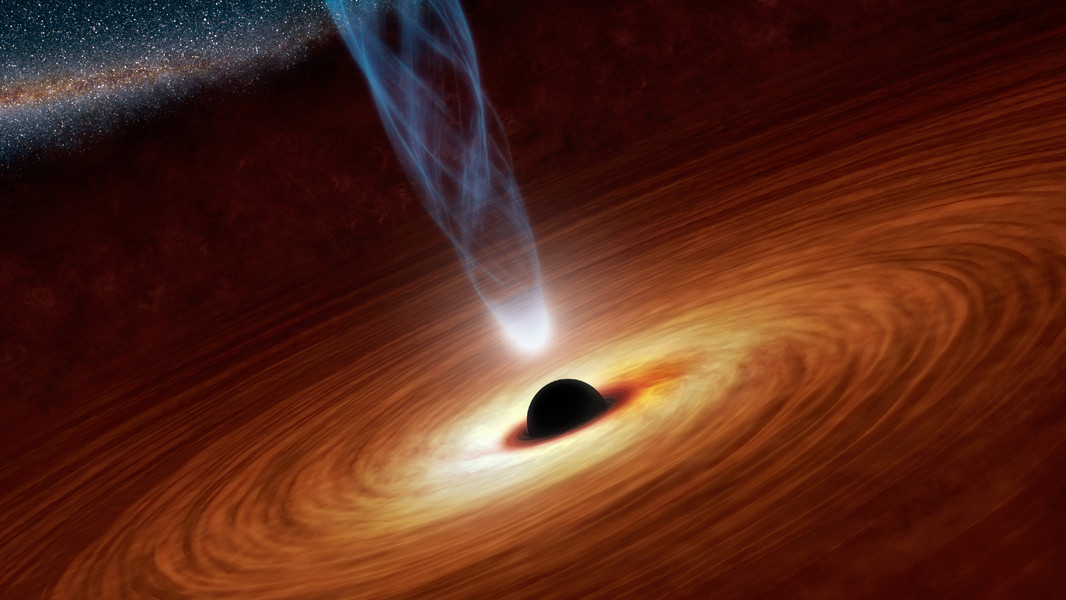Supermassive Black Hole Found In The Cosmic Boonies

Astronomers have found a massive black hole in a place they never expected to find one. The hole comes in at 17 billion solar masses, which makes it the second largest ever found. (The largest is 21 billion solar masses.) And though its enormous mass is noteworthy, its location is even more intriguing.Supermassive black holes are typically found at the centers of huge galaxies. Most galaxies have them, including our own Milky Way galaxy, where a comparatively puny 4 million solar mass black hole is located. Not only that, these gargantuan holes tend to be located in galaxies that are part of a large cluster of galaxies. Being surrounded by all that mass is a prerequisite for the formation of supermassive black holes. The largest one known, at 21 billion solar masses, is located in a very dense region of space called the Coma Cluster, where over 1,000 galaxies have been identified.The largest supermassive holes also tend to be surrounded by bright companions, who have also grown large from the plentiful mass in their surroundings. (Of course, its not the black holes that are bright, but the quasars that surround them.) The long and the short of it is that supermassive black holes are usually found in galaxy clusters, and usually have other supermassive companions in the same region of space. They’re not found in isolation.But this newly found black hole is in a rather sparse region of space. It’s in NGC 1600, an elliptical galaxy in the constellation Eridanus, 200 million light years from Earth. NGC 1600 is not a particularly large galaxy, and though it has been considered part of a larger group of galaxies, all its companions are much dimmer in comparison. So NGC 1600 is a rather small, isolated galaxy, with only a few dim companions.There’s another way that supermassive holes can form. Instead of growing large over time, by feeding on the mass of their home galaxies and galaxy clusters, they can form when two galaxies merge, and two smaller holes become one. But even this requires that they be in a region where galaxies are plentiful, allowing for more collisions and mergers.It may be possible that NGC is the result of a merger of two galaxies, or that it is two black holes that are currently merging. Or it could be that NGC 1600’s region of space was once extremely rich in gas, in the early days of the Universe, and that’s what gave rise to this ‘out of place’ supermassive black hole.There is much to be learned about the conditions that give rise to these behemoth black holes. The MASSIVE study will combine several telescopes to survey and catalogue the largest galaxies and black holes. This should tell astronomers a lot about their distribution, and about the circumstances that allow them to exist. We might find even larger ones.
The post Supermassive Black Hole Found In The Cosmic Boonies appeared first on Universe Today.